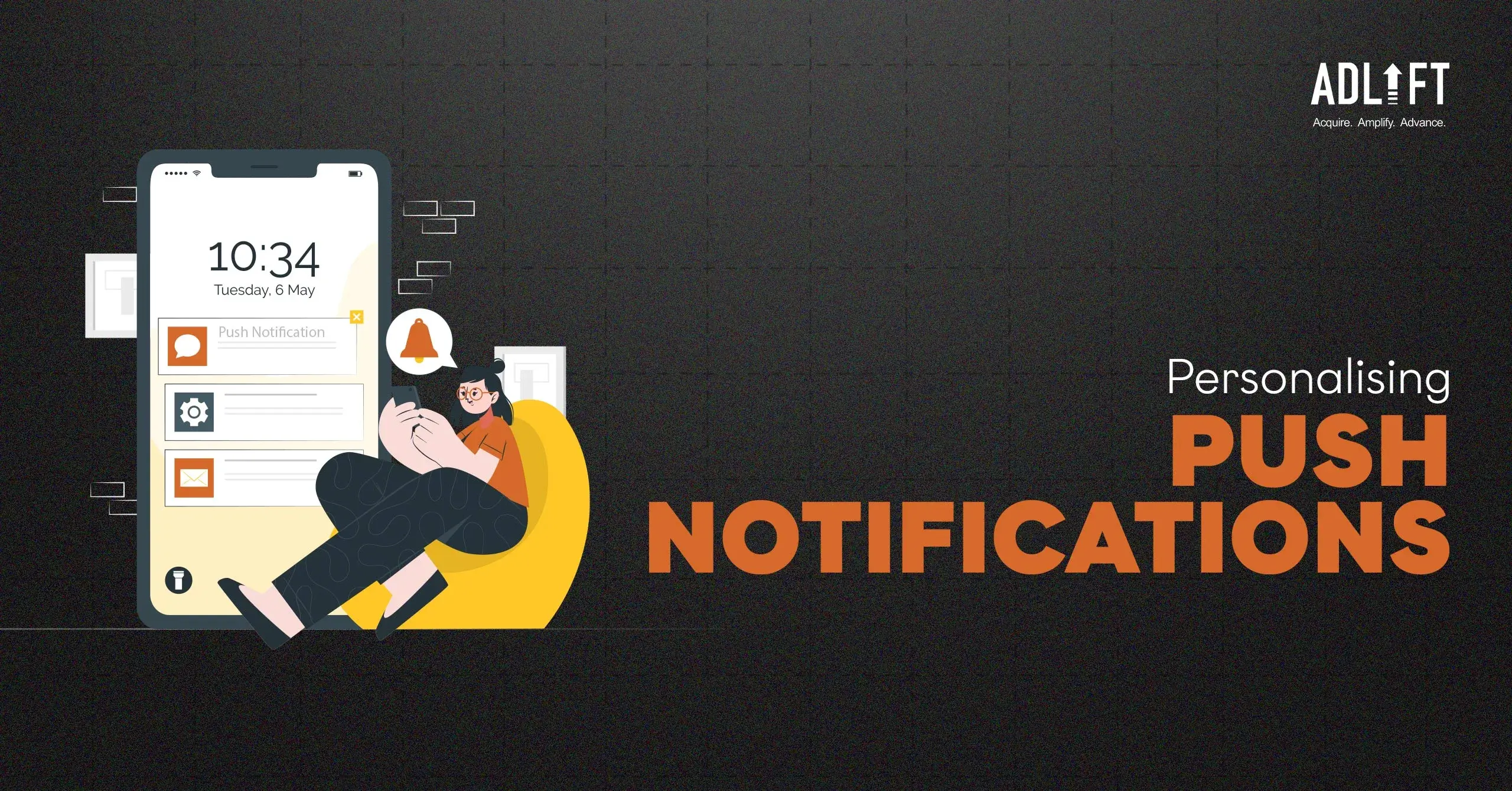Segmentation Strategies for Personalized Push Notifications

“Exclusive offer just for you!” or “You’ve got 24 hours to save!” are examples of how push notifications catch our attention with a sense of urgency and personalization. These pop-up alerts are a digital update, giving you the latest offers, reminders, and content. When done well, mobile push notifications can boost engagement by giving customers a reason to return to your app. Personalized mobile app push notifications take this to the next level.
Using smart segmentation strategies—like grouping users based on behavior, interests, and preferences—these messages feel custom-made for each customer. A well-timed, personalized message can draw customers back into your app, complete a purchase they abandoned, or introduce them to new features they’ll enjoy.
